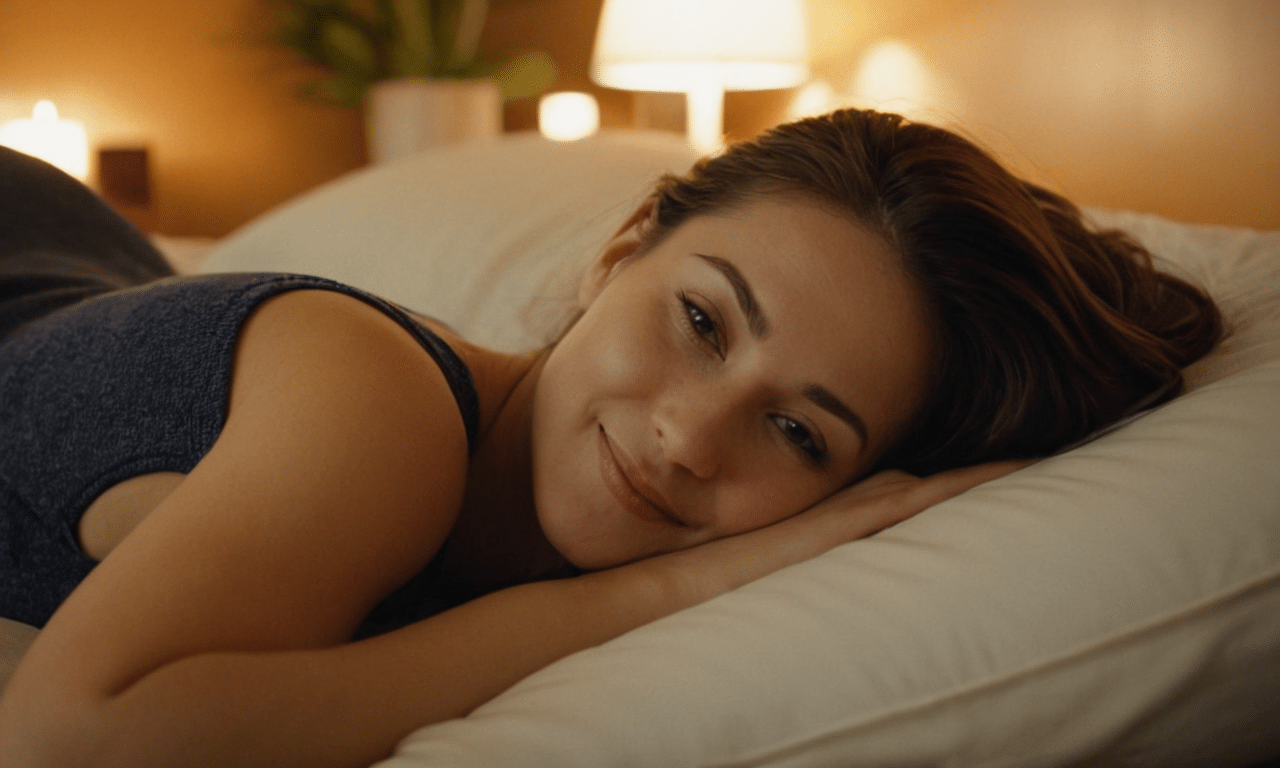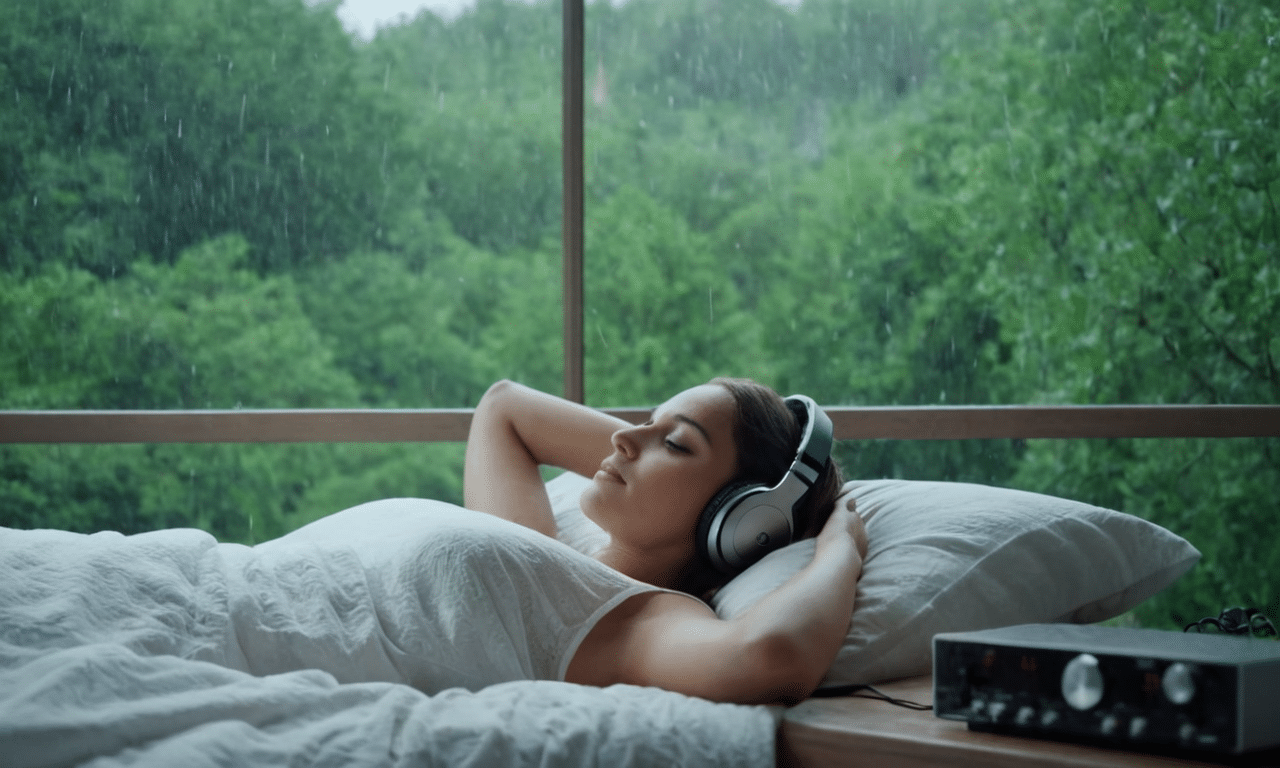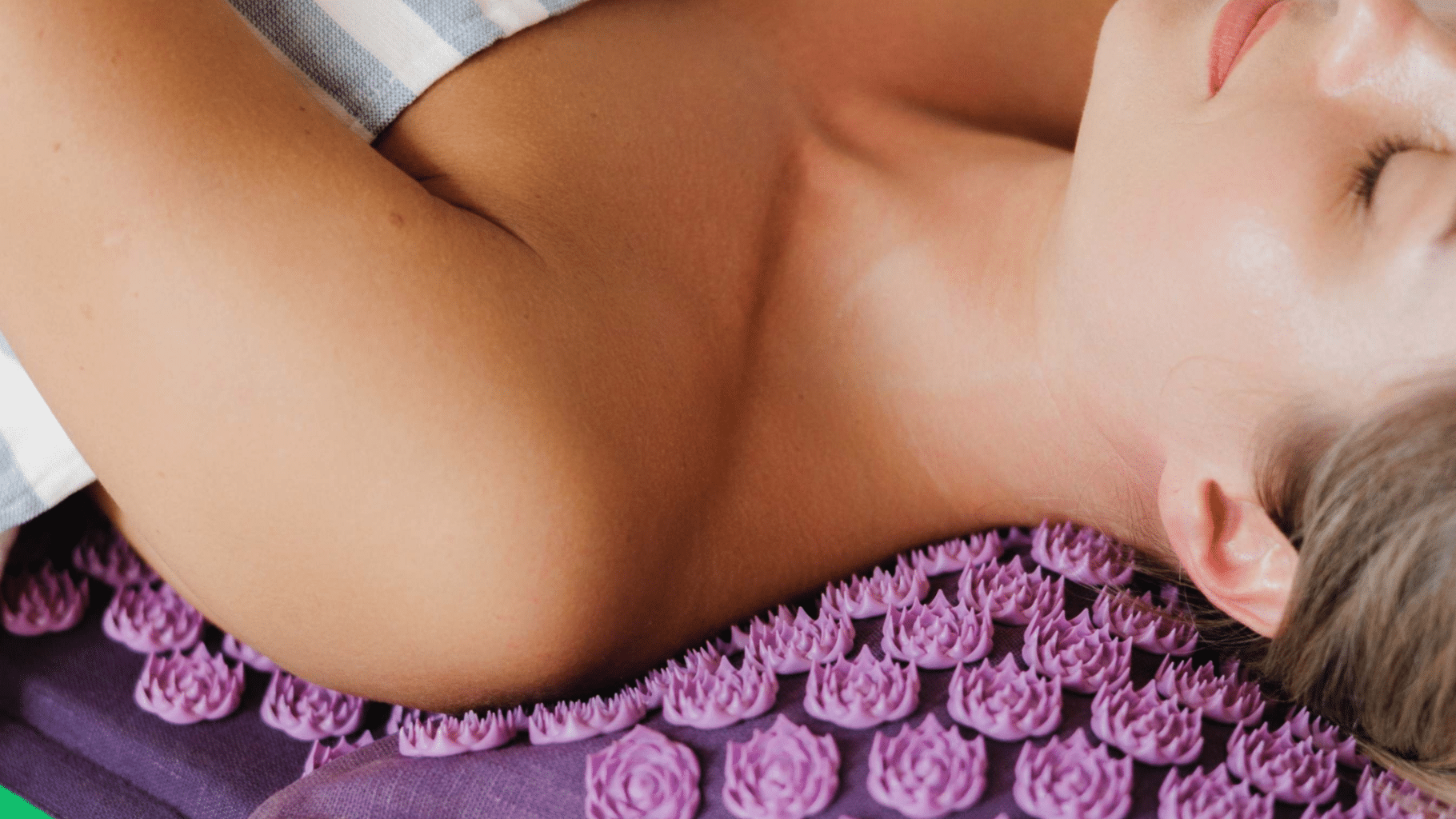Sleep therapy sounds are a powerful tool in helping individuals drift off into a peaceful slumber. But how exactly do these sounds work their magic, and what types of sounds can be used to induce a restful night’s sleep?
What types of sounds are commonly used in sleep therapy?
Sleep therapists often incorporate calming, soothing sounds like nature sounds (rain, ocean waves), white noise, binaural beats, and guided meditations featuring gentle whispers or soft instrumental music to help individuals relax and fall asleep.
Top Sleep Therapy Sound Options
- White Noise: Masking background sounds for better sleep.
- Nature Sounds: Calming rain, ocean waves, and bird songs.
- Music for Sleep: Slow, soothing compositions for relaxation.
- Rainfall Sounds: Gentle patter to create a peaceful atmosphere.
- Binaural Beats: Brainwave stimulation for deep relaxation and sleep.
- Soothing Wind Sounds: Gently blowing breeze for calming effects.

Sleep Therapy Sounds Explained
When we talk about sleep therapy sounds, we are referring to a variety of audio stimuli, like white noise, nature sounds, and music, that help us drift into sleep. White noise sleep therapy, for instance, masks background sounds and creates a consistent auditory environment. It’s like turning down the volume on a noisy world.
Nature sounds, such as rain falling, waves crashing, or birds chirping, also qualify as sleep therapy sounds. These are particularly beneficial for those of us who find a connection with the natural world to be relaxing. Imagine listening to a virtual rainforest right in your bedroom, minus the stray mosquito bites, of course.
Music designed specifically for sleep therapy, often termed therapeutic sleep sounds, also finds its place here. These are slow, repetitive, and soothing compositions that don’t demand attention but rather encourage relaxation. Think of it as a lullaby but for adults—it won’t win a Grammy, yet it helps with shut-eye.
How Sleep Therapy Sounds Work
Sleep therapy sounds, such as those provided by a sleep therapy sound machine, work by masking background noises that might otherwise keep us awake. Imagine your neighbor’s dog deciding that midnight is the perfect time for a barking concerto. White noise can help make that ambient noise less noticeable.
These sounds also promote relaxation, helping your brain transition from a state of alertness to one that’s more conducive to sleep. Listening to nature sounds or specific sleep therapy audio can activate our “rest and digest” mode, slowing your heart rate and lowering blood pressure.
Furthermore, sound therapy sleep aids can be particularly effective for folks who have trouble staying asleep. Deep sleep sound therapy can mask sounds like a partner’s snoring or late-night traffic, ensuring you stay in dreamland longer. It’s like having a sonic security blanket wrapped around your slumber.
Recording Options for Sleep Therapy Sounds
There are multiple ways to access sleep therapy sounds, from downloading apps to purchasing dedicated devices. Sleep therapy apps, for example, often include a variety of sounds, from white noise to guided meditations. These apps can be downloaded on your phone, letting you take your sleep aid anywhere you go.
Dedicated sleep therapy sound machines offer another option. These devices often come pre-loaded with a variety of therapeutic sleep sounds making it easy to find the perfect auditory backdrop for your slumber. Some even include timers, so they turn off once you’re in deep sleep.
For those who prefer a more hands-on approach, recording your own sleep therapy noises is also an option. Nowadays, many online resources offer high-quality recordings that you can download or stream. It’s a bit like being your own sleep DJ, curating sounds that resonate most with your sleep needs.
Creating Personalized Sleep Soundscapes
Creating a personalized sleep soundscape isn’t as daunting as it might sound. Start by identifying which sounds make you feel most relaxed. White noise works for some, while others might find that sleep therapy noise, like ocean waves, does the trick.
You can mix and match different types of sounds. Maybe you find that a combination of rain and soft, instrumental music helps you relax a bit more than using each on its own. Just make sure not to include too many elements; you want to create a soothing blend, not a sound carnival.
Consider using apps or devices that allow you to layer sounds. This way, you can create your own “greatest hits” of sleep therapy sounds tailored just for you. Take it further and record your unique sounds to include in your mix—it’s like making a soundtrack for your sleep.
| Feature | Description | Importance |
|---|---|---|
| Sleep Therapy Sounds Types | White noise, nature sounds, music, and more | High |
| Sound Masking Effect | Masks background noises for better sleep | Medium |
| Relaxation Promoting Effect | Aids in relaxation and transition to sleep | High |
| Personalization Options | Create customized soundscapes for individual needs | Low |
| Recording and Playback | Easily record, download, or stream sleep therapy sounds | Medium |
Personal Thoughts
I’ve come to realize that my own experiences with stress have been a blessing in disguise. By applying scientific principles to manage my anxiety, I’ve gained control over my life and can finally sleep peacefully.
This newfound understanding has also allowed me to help others like myself, who struggle with chronic stress. It’s incredibly fulfilling knowing that my story can inspire positive change in others’ lives.
Frequently Asked Questions
What types of sounds are commonly used in sleep therapy?
Sleep therapy often employs soothing sounds such as white noise, nature sounds, and gentle music to create a calming atmosphere that promotes relaxation and improves sleep quality. These sounds can be designed to mask other distracting noises, promote deep breathing, or stimulate the brain’s natural response to calmness.
How do sounds in sleep therapy help with falling asleep?
Sounds used in sleep therapy can help individuals fall asleep by creating a consistent and predictable auditory environment that signals the brain to prepare for sleep. The repetition of these sounds can also induce a state of relaxation, reducing muscle tension and promoting a sense of calmness necessary for a restful night’s sleep.
Can I use recordings or guided meditations with sleep therapy sounds?
Yes, many sleep therapists recommend using recordings or guided meditations that incorporate sleep therapy sounds to help individuals develop healthy sleep habits. These resources can provide a calming and consistent auditory environment that promotes relaxation and improves sleep quality. Many sleep apps and websites offer these types of resources for free or at a low cost.
Do sleep therapy sounds have any benefits beyond improving sleep?
In addition to promoting better sleep, sleep therapy sounds have been shown to reduce stress levels, improve mood, and even alleviate symptoms of anxiety or sleep disorders. The calming effects of these sounds can also extend into daily life, making them a valuable tool for overall wellness and relaxation.




